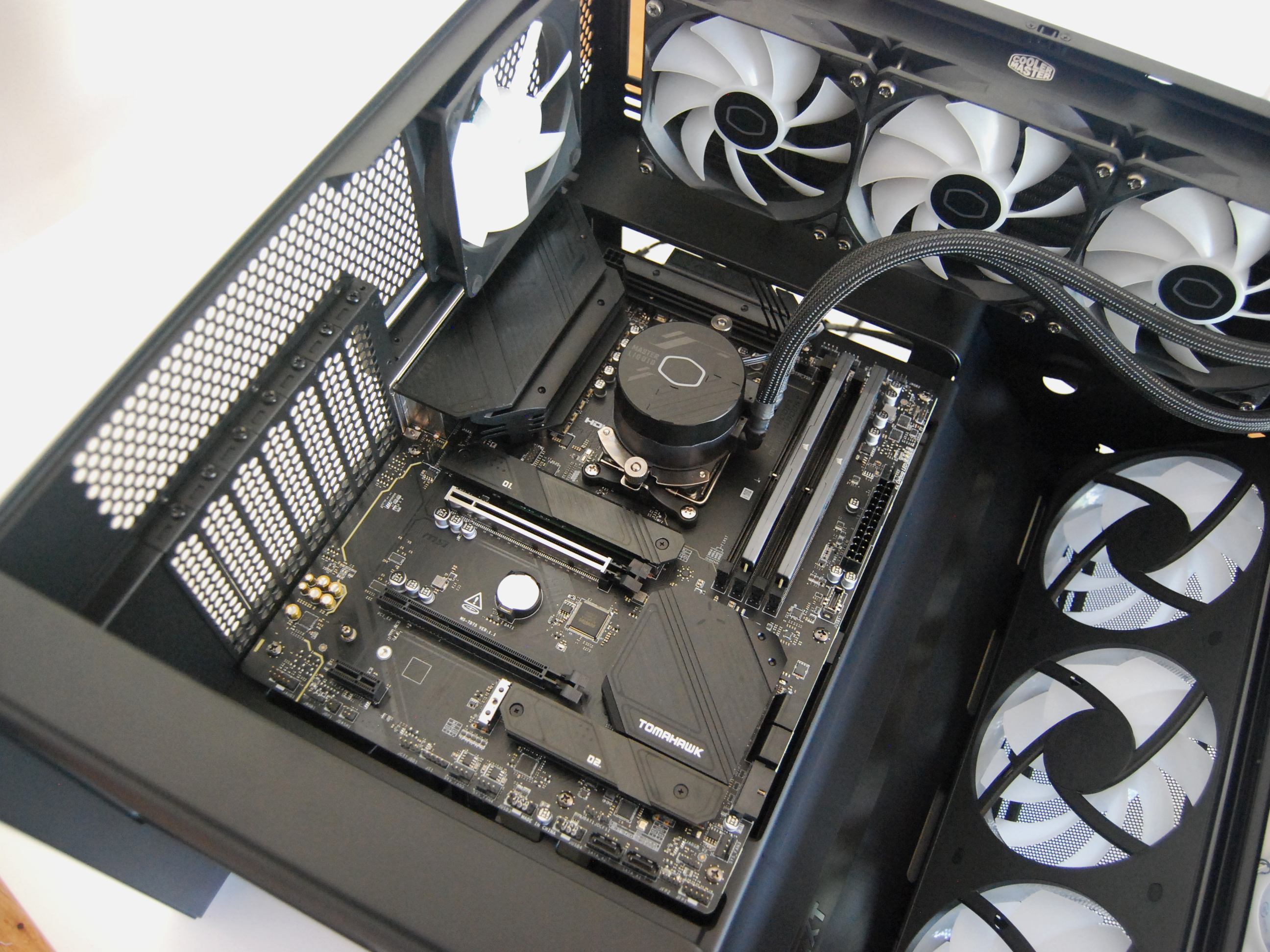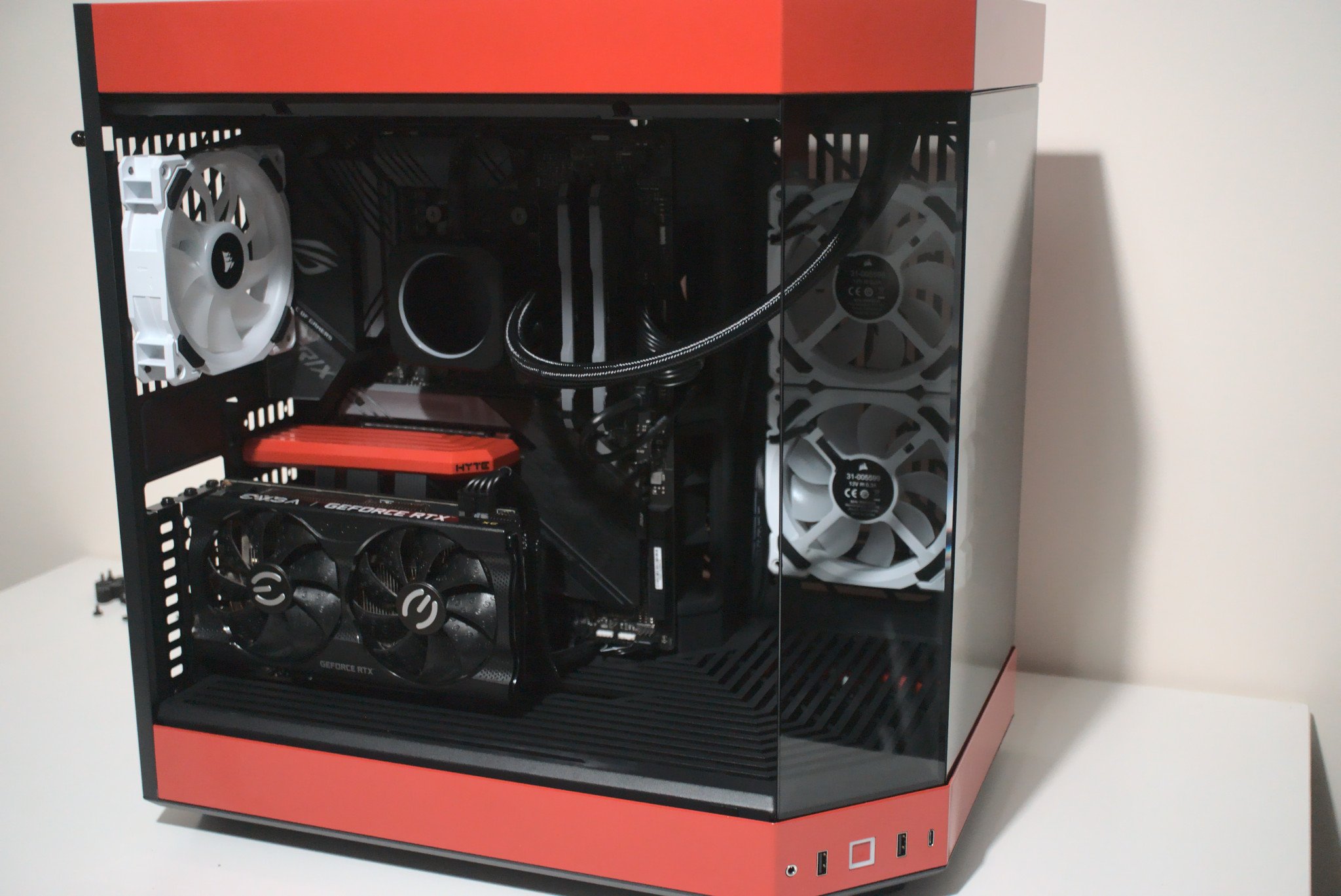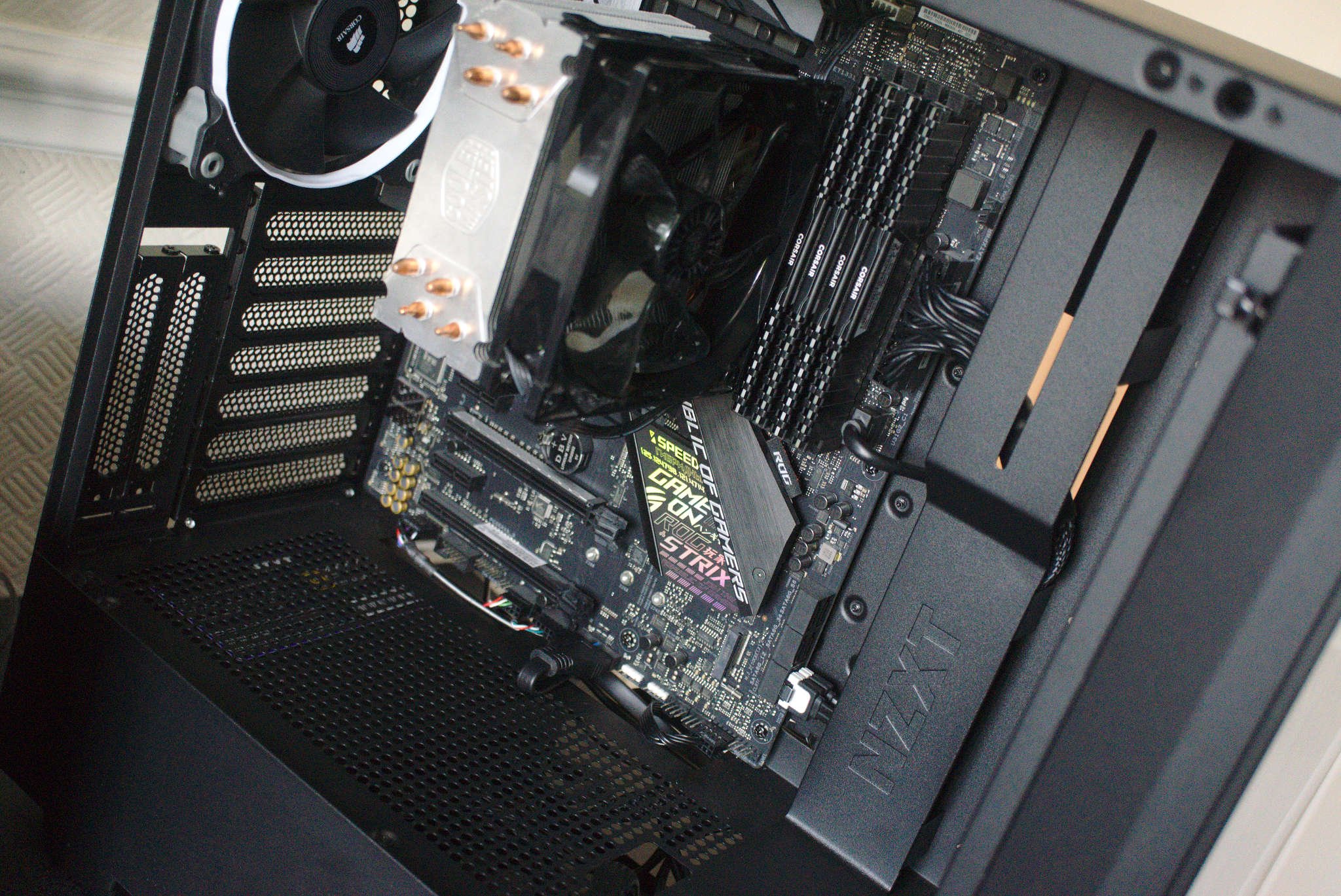
So, you've decided to build your first PC. Welcome to the club! PC building is a rewarding hobby, and you are about to gain some knowledge about a PC's inner workings that will stick with you for years to come.
Speaking from experience — I've been building and tinkering with systems since the early 2000s — PC building can be nerve-wracking. You're dealing with expensive and fragile hardware, which, when assembled, can continue to be fickle.
To make your PC build go as smoothly as possible, I've laid out my top 7 rules that newcomers should follow.
7. Don't save money on a cheap power supply unit
This is a problem that I see many beginner PC builders fall into, and the worst part is that it's completely avoidable.
Power supply units (PSU) vary a lot in price and durability, with the cheaper options almost always offering a shorter life before requiring replacement. Of course, any PSU has a chance to fail, but you don't need to make the odds any worse by opting for a cheap option.
A faulty PSU simply needing to be replaced is the best-case scenario. Worst case? Other parts of your PC, including expensive pieces like the CPU or GPU, get fried when the PSU goes down.
Just because a PSU is affordable doesn't mean it's the best option for your PC. I strongly recommend spending a bit of extra money on a highly-rated PSU to give yourself extra peace of mind.
All the latest news, reviews, and guides for Windows and Xbox diehards.
As a starting point, I recommend checking out PSU models from Corsair and be quiet!.
6. Choose a PC case with lots of space inside
Although it can be tempting to attempt a unique PC design for your first build, working with a cramped or unorthodox case isn't something I recommend for newbies.
Your first build should be all about getting familiar with how a PC fits together and operates, and a case with lots of room inside is the best way to learn.
👉 Related: Top 5 desktop PC case features that I can’t live without — and neither should you
A PC case you might consider "standard" — also known as a mid-tower case — will fit most ATX motherboards (and anything smaller), so that's taken care of.
There's more space to make (and correct) mistakes, there's more room to work on cable management, and it's a lot easier to see what you're doing.
5. Watch instructional videos to see how intricate steps are performed
There's nothing wrong with getting some outside help for your first PC build, and fret not if you don't have someone in your life with experience to pass on.
There are countless instructional videos available online that cover all steps of the PC building process, and watching a handful of them before starting your build can save you a lot of frustration (or worse) down the line.
I especially recommend watching how-to videos covering intricate steps, like seating a processor in the motherboard socket, connecting cables to your motherboard, and installing dual-channel RAM.
These steps, if not performed correctly, can cause damage to hardware that isn't usually covered by the RMA process. Take the time to do them properly, and you'll be much better off in the long run.
4. Work on cable management in your PC case
It can be tempting to throw all your hardware into a PC case, hook it up, and start gaming, but finding the right channels for cables is always recommended.
Not only does proper cable management improve the aesthetics of your PC, but it also helps improve airflow. Fewer cables mean fewer blockages that can collect dust and detritus.
A PC with proper cable management — especially on the back side where the power supply unit (PSU) is located — is also much easier to work on.
Whether you're making repairs or upgrading parts in the future, you'll be glad you took the time to neatly organize your PC's internals.
3. Wait for all PC parts to arrive before starting the build
I've been guilty of disobeying this rule in the past, and I don't blame you for wanting to start on a new PC build as soon as a couple of pieces are in hand.
However, I've learned over the years that it's best to wait for everything to arrive before building. That way, you know exactly what you're working with, and you can plan your build accordingly.
You won't forget where you left off, you won't misplace any fasteners or cables, and you won't make your build any harder than it has to be.
For example, say your PC case, motherboard, and GPU arrive first. It might be tempting to fasten the mobo into the case and slap a GPU into it, but you'll have a much easier time waiting for the CPU and cooler.
That way, you can install the CPU in the motherboard, add a cooler, and drop the entire package into the case rather than scrounging around in cramped spaces.
2. Don't panic if your PC doesn't boot on the first try
The no-POST dread is something that just about every PC builder has felt at one point or another, and I know it's a terrible feeling.
In my experience, a PC not booting on the first try after a fresh build is usually user error rather than faulty hardware. The best thing to do is keep a clear head and forge on with some troubleshooting.
Some motherboards have a built-in status light that can give you a clue as to what is the matter, and your mobo's user manual should be able to decipher whatever it's displaying.
Beyond that, I recommend checking that power cables for the motherboard and CPU are firmly seated. These usually have tight allowances, and they might not be pressed in all the way.
Next, you'll want to check that your RAM is seated properly. Don't be afraid to try other slots to rule out faulty hardware.
Also, double-check that your CPU cooler is plugged into the right header on the motherboard; this could be a safety measure to prevent your processor from overheating.
1. Take your time when building your PC
If there's one piece of advice I don't want any first-time PC builders to ignore, it's to take your time with the process.
This hobby involves a lot of expensive hardware that's easily damaged, and rushing through a build almost always leads to mistakes. While some might be remedied easily, others can be costly.
The urge to get your PC up and running as quickly as possible isn't easy to ignore, but you'll be glad you took the time to do it right once you're gaming.
More tips for first-time PC builders
These are my top 7 rules that I urge all beginner PC builders to follow, but I'm sure there are plenty more worth mentioning.
Are you just now taking an interest in PC building? Have you been building PCs for decades? What wisdom would you like to share with our readers? Let me know in the comments section below!

Cale Hunt brings to Windows Central more than nine years of experience writing about laptops, PCs, accessories, games, and beyond. If it runs Windows or in some way complements the hardware, there’s a good chance he knows about it, has written about it, or is already busy testing it.
You must confirm your public display name before commenting
Please logout and then login again, you will then be prompted to enter your display name.







